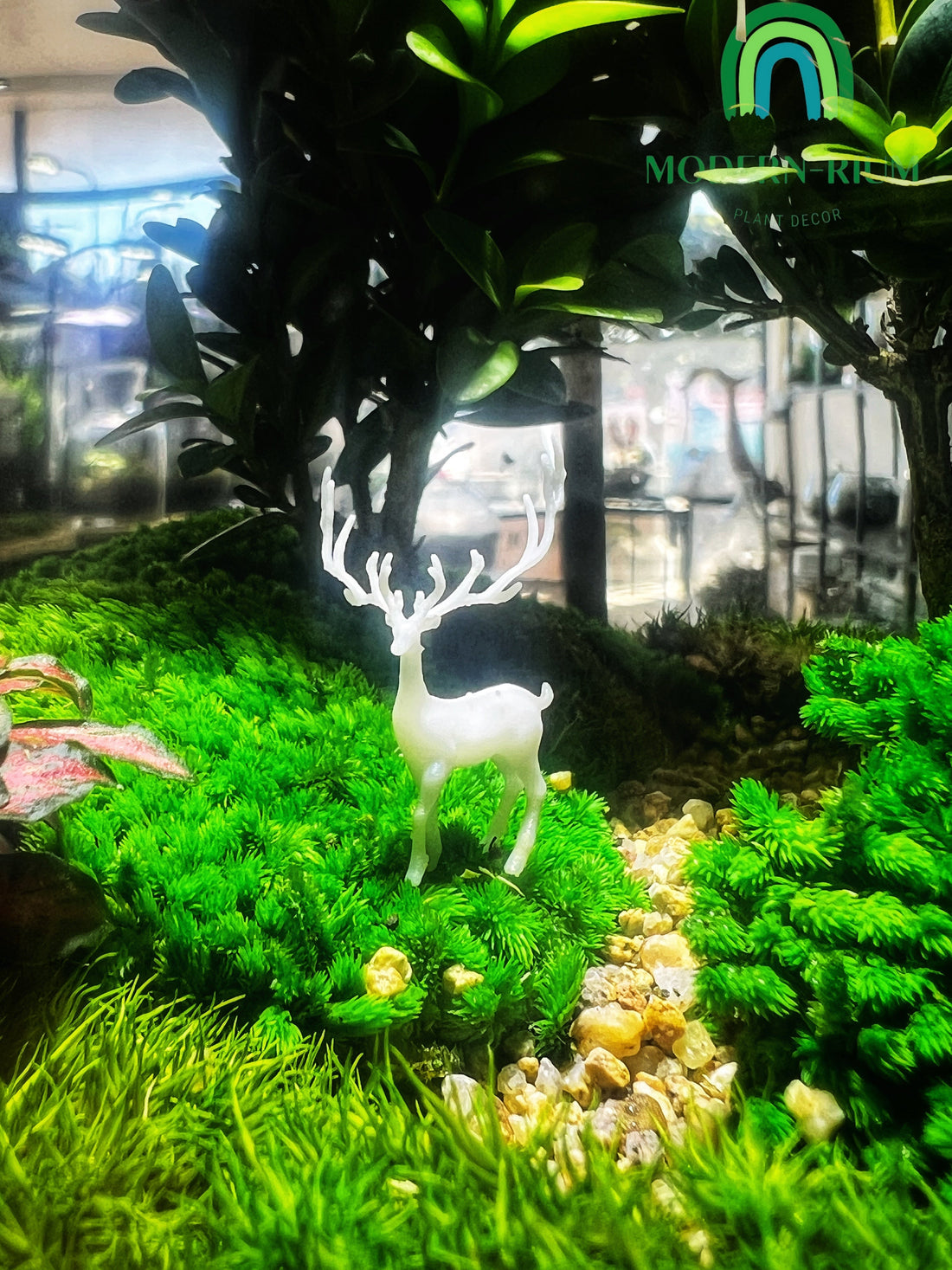
🌱 Can You Grow Edible Herbs in a Terrarium?
Danny PhamShare
Terrariums are often admired for their mosses, ferns, and tropical plants—but can they also be used to grow edible herbs? The answer is yes—but with some important considerations.
🌿 Which Herbs Work Best in Terrariums?
Mint – Thrives in humid, semi-enclosed environments.
Basil – Loves warmth and steady moisture, but needs good airflow.
Thyme – Prefers drier conditions, best in open terrariums.
Parsley – Adapts well to indirect light and moderate moisture.
Chives – Grows happily in compact spaces with steady light.
🌞 Conditions for Success
Light – Herbs need at least 6–8 hours of bright light daily. Supplement with LED grow lights if indoors.
Airflow – Fully closed terrariums often trap too much humidity for culinary herbs. Choose open or partially vented terrariums.
Soil – Use a well-draining potting mix rather than pure moss substrates. Add sand or perlite for aeration.
Watering – Mist lightly and check soil moisture. Herbs dislike sitting in soggy soil.
⚠️ Challenges of Growing Herbs in Terrariums
Overcrowding – Many herbs grow quickly and may outgrow small containers.
Harvesting Difficulty – Constant cutting can stress herbs in confined spaces.
Humidity Issues – Some herbs (like rosemary or sage) dislike the damp conditions typical of terrariums.
🌟 Tips for Edible Terrariums
Use miniature herb varieties when possible.
Grow in an open terrarium for airflow and easier harvesting.
Consider a kitchen windowsill setup with herbs in glass jars for both function and decor.
Rotate plants between the terrarium and open pots if growth slows.
🌿 Final Thoughts
Yes—you can grow edible herbs in terrariums, but success depends on choosing the right plants and providing adequate light, airflow, and soil. For kitchen gardeners, an herb terrarium can be both practical and stylish, bringing fresh flavor and greenery indoors.
 is here! Shop now, pay later in 4 easy installments
is here! Shop now, pay later in 4 easy installments










